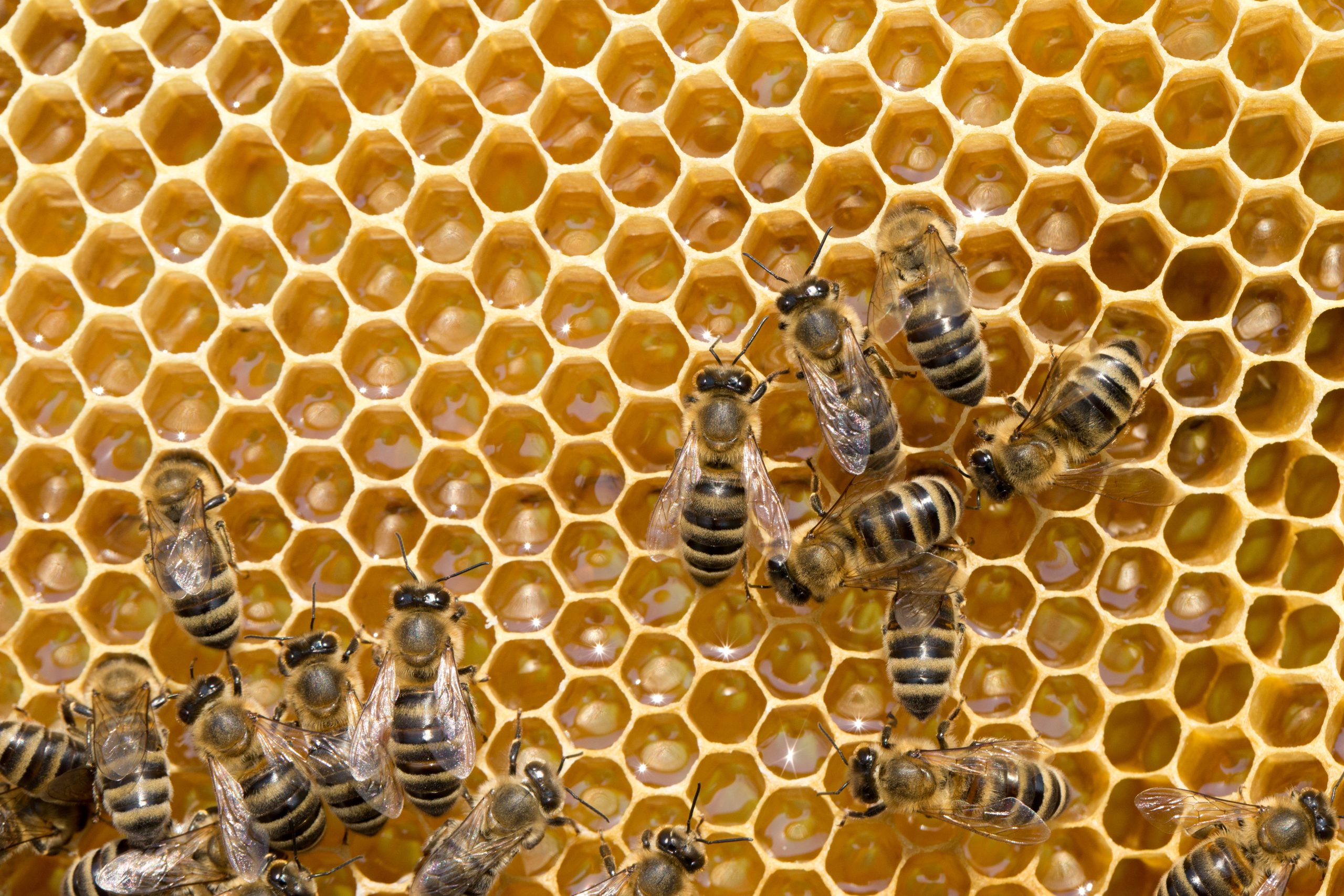How is Honey Made?
March 09, 2015
When you think about it, the process of making honey is truly incredible. The fact that these tiny insects are responsible for making this delicious food (by the way, it is the only food product creatied by insects that humans eat) is amazing. Are there synthetic products that can imitate the flavor of honey? Sure, but they hardly compare to raw honey's benefits.
The Worker Bee
It all starts with the underappreciated worker bee. These are by far the largest part of the colony, making up roughly 98 percent of the population. These bees, when able to avoid the bug spray and swatters, dedicate their lives to harvesting honey and taking care of the hive.
While other worker bees are working inside the hive, forager worker bees set out on a flight to find nectar. When the bee finds its source, it will extract nectar from the flower using its proboscis (picture a straw as part of the bee's body that allows it to suck in the nectar of the flower). All nectar is stored inside the "honey" stomach of the bee (while inside the stomach, enzymes break down the nectar into simple sugars - this process is called inversion).
The bee will travel from flower to flower to fill up on the nectar, visiting as many as 100 flowers in a single flight. When the bee's stomach is full, it will return to the hive to regurgitate the nectar that has been modified by the enzymes. Once the bee empties its stomach, it will head right back out to fill its belly again.
At this point, the "hive" bees take over and ingest the honey for transfer to the honeycombs. While in the stomach of this bee, the honey continues its modification until it is deposited into the honeycomb. Once the honey is deposited, the hive bee will begin to evaporate any remaining water by beating its wings feverishly. While this is happening, the water dissipates and the conversion from nectar to simple sugars to honey is complete. Afterwards, the bee caps the section of the honeycomb with beeswax.
Amazingly, one honeybee is capable of making only 1/12 of a teaspoon of honey in its entire lifetime. However, together, the tens of thousands of bees working together in their colony can create about 200 pounds of honey every year!
*Manuka honey is unique in that it is only harvested from the nectar from one specific flower, the leptospermum scoparium, more commonly called the Manuka flower. The trees on which these flowers grow are only located in New Zealand and Australia.
[dt_gap height="20" /]
[products ids="386, 380, 388, 45"]


.jpg)



